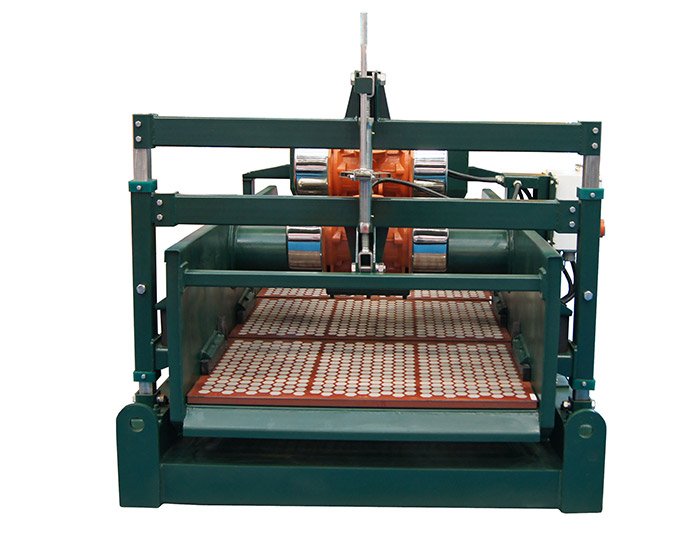Understanding Vacuum Degassers An Essential Tool in Various Industries
In various industrial processes, especially within the realms of food production, chemical engineering, and pharmaceuticals, the presence of unwanted gases can lead to significant quality issues. These gases may compromise the integrity of products, affect flavor profiles, and even alter the efficacy of chemical reactions. To address these challenges, vacuum degassers have emerged as essential tools, helping to ensure the purity and quality of liquids by effectively removing dissolved gases.
A vacuum degasser works on a straightforward principle by creating a low-pressure environment, it enables gases dissolved in a liquid to escape more readily. The process typically involves placing the liquid in a chamber where air is evacuated, creating a vacuum. Given that gases are more soluble under higher pressure, reducing the pressure promotes the outgassing of these dissolved substances.
One of the most significant applications of vacuum degassers is in the food and beverage industry. For instance, in the production of bottled drinks, dissolved oxygen can lead to spoilage and undesirable changes in flavor. By utilizing a vacuum degasser, manufacturers can significantly reduce the oxygen content, thereby extending shelf life and preserving taste. Similarly, in the production of dairy products, removing unwanted gases can enhance texture and flavor, making vacuum degassers invaluable in ensuring high-quality outcomes.
In the pharmaceutical industry, the role of vacuum degassers is critical in the manufacturing of injectable products
. The presence of gases in injectable solutions can create air bubbles that compromise the safety and effectiveness of medications. Hence, vacuum degassers are employed to degas these solutions, ensuring that they meet stringent quality standards. The removal of gases not only improves the safety profile of these products but also facilitates consistent dosing, thereby promoting patient safety.
vacuum degasser
Chemical processing is another domain where vacuum degassers are vital. Many chemical reactions are sensitive to the presence of gases, which can alter reaction rates and product yields. Vacuum degassers help in preparing reactants with minimal gas content, promoting more efficient reactions and leading to higher purity products. This is particularly important in processes like polymerization, where dissolved gases can inhibit desired reactions.
The design and technology of vacuum degassers have advanced significantly, leading to more efficient and effective systems. Modern vacuum degassers feature automation, enabling precise control over the vacuum levels and processing times. Such advancements optimize the degassing process, making it faster and more reliable. Many systems now include monitoring technologies that provide real-time data on gas levels, ensuring that operators can maintain optimal conditions.
Moreover, vacuum degassers are not limited to liquid applications. They are increasingly used in processing materials like paints and coatings, where the presence of air can lead to defects in the final product. By incorporating vacuum degassing technology, manufacturers can ensure that their products meet the highest standards of quality and performance.
In conclusion, vacuum degassers play a crucial role in a variety of industries by effectively removing unwanted gases from liquids. Their ability to enhance product quality, ensure safety, and improve manufacturing processes makes them indispensable. As technology continues to evolve, the efficiency and effectiveness of vacuum degassing systems are likely to improve, further solidifying their position as key components in modern industrial applications. Whether in food and beverage production, pharmaceuticals, or chemical processing, vacuum degassers pave the way for innovation and quality assurance across countless sectors.
 Linear Motion Shale Shaker In Drilling Rig
Linear Motion Shale Shaker In Drilling Rig  Oilfield Mud Cleaner
Oilfield Mud Cleaner  Drilling Fluid Decanter Centrifuge
Drilling Fluid Decanter Centrifuge  Drilling Mud Desander
Drilling Mud Desander  Hydrocyclone Desilter
Hydrocyclone Desilter  Centrifugal Pump/Centrifugal Mud Pump
Centrifugal Pump/Centrifugal Mud Pump  Shear Pump
Shear Pump  Jet Mud Mixer
Jet Mud Mixer  Horizontal Mud Agitator
Horizontal Mud Agitator  Constant Pressure Drilling Fluid Mud Gas Separator
Constant Pressure Drilling Fluid Mud Gas Separator  Mud Gun
Mud Gun  Mud Tank
Mud Tank  Solids Control System Vacuum Degasser
Solids Control System Vacuum Degasser  Flare Ignition Device
Flare Ignition Device  Diesel Tank
Diesel Tank  Submersible Slurry Pump
Submersible Slurry Pump 






































